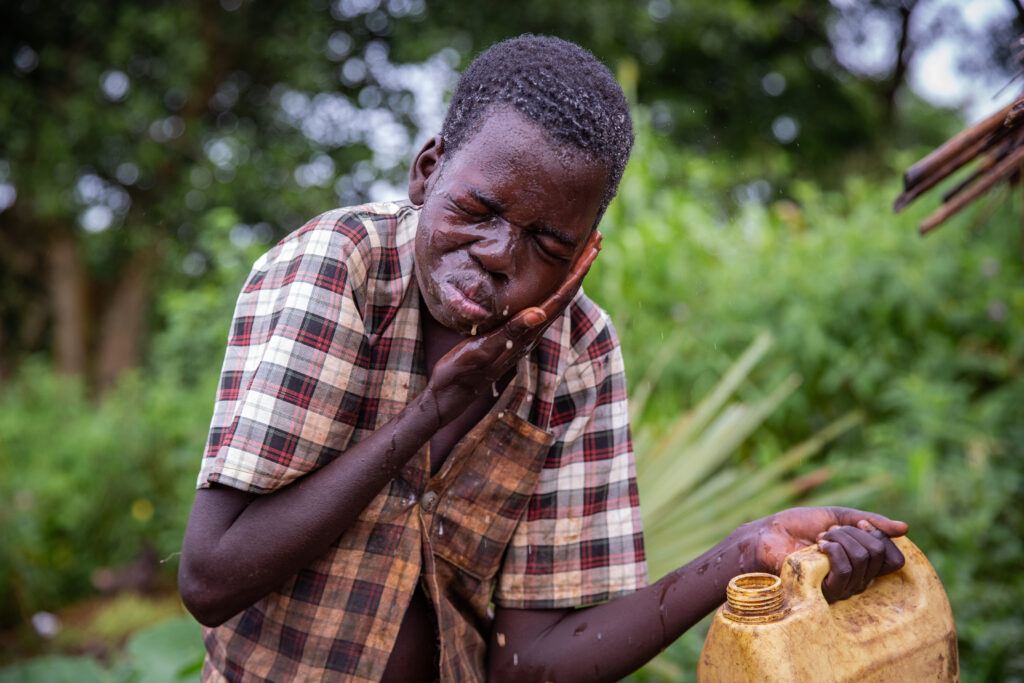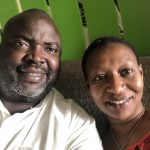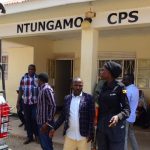Nodding Syndrome Ravages Northern Uganda, Straining Families and Resources
In Kitgum, Uganda, Betty, 22, struggles to eat a mango outside her home, her tongue heavy from years of biting. Diagnosed with nodding syndrome, a tropical disorder characterized by seizures and cognitive decline, Betty, like many others, faces a lack of specialized care since the closure of nodding syndrome centers in 2017.
A 2021 study notes nodding syndrome’s mysterious nature, with its first documentation in Tanzania in the 1960s. Uganda, with an estimated 6,000 cases from 2008 to 2022, lacks a cure, relying on anticonvulsants for treatment. Funding challenges forced the closure of the Odek and Tumangu centers in northern Uganda, leaving patients neglected and vulnerable.
The impact is evident in districts like Kitgum, Pader, Lamwo, Omoro, and Amuru, where 5,321 of Uganda’s nodding syndrome cases persist. Richard Okema, a health volunteer, highlights the rise in neglect, abuse, and difficulty accessing medications since the closure of treatment centers. Cases of sexual abuse and violations have escalated, demanding urgent attention.
In response to the crisis, Lillian Aber, a Member of Parliament, pushed for a resolution on nodding syndrome in July 2022. Anthony Akol revealed alarming statistics, indicating sexual abuse affecting 10% of patients, with 85% of those raped becoming pregnant. A troubling 63% of affected individuals in the most impacted districts are female.
Amid the challenges, a glimmer of hope emerged with the opening of the Archbishop John Baptist Odama Care Centre in Kitgum in December 2022. While currently limited in resources, the center aims to provide treatment and rehabilitation for severe cases, offering respite to abandoned patients.
The cause of nodding syndrome remains elusive, with theories ranging from neurotropic viruses to mycotoxins and psychological factors. Local speculation includes experiments gone awry, contaminated relief food, and wartime exposure. The Archbishop John Baptist Odama Care Centre, established by priest Anthony Nyeko, addresses the dire conditions faced by patients, emphasizing the need for specialized care.
Limited funding exacerbates the crisis, affecting nutrition, medication, and therapy for nodding syndrome patients. Michael Oketch, the focal person for Kitgum district, reveals the last funding received in 2018, amounting to 237 million Ugandan shillings for the entire region. Dr. Alfred Mubangizi points to mismanagement of funds as a core issue, impacting outreach programs and exacerbating the multisectoral problem.
Within the care centers, like AJBOCCK, the focus is on managing symptoms and improving the quality of life for patients. Salume Aber, a registered nurse, emphasizes the positive impact of anticonvulsant medications, providing hope for patients’ independence. The story of Proscovia Anek, who gained weight and acquired life skills after receiving care, illustrates the potential for improvement.
Dr. Henry Okello Otto, the district health officer, stresses the importance of psychosocial aspects in nodding syndrome care. With cases decreasing since 2022, community warnings indicate the ongoing need for specialized care. Urgent appeals are made to revive the Tumangu nodding syndrome care center and train staff to address the persisting crisis.




















